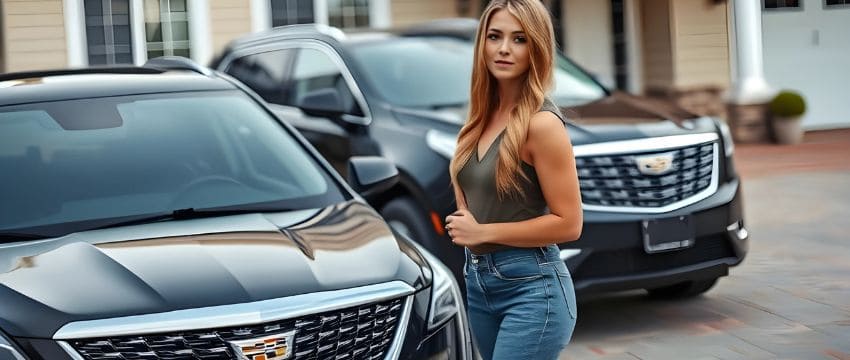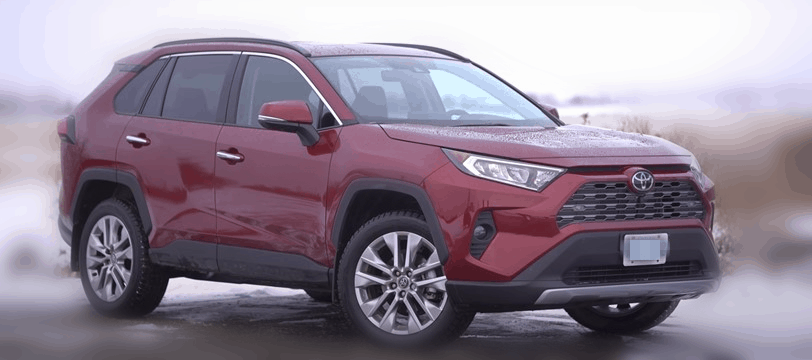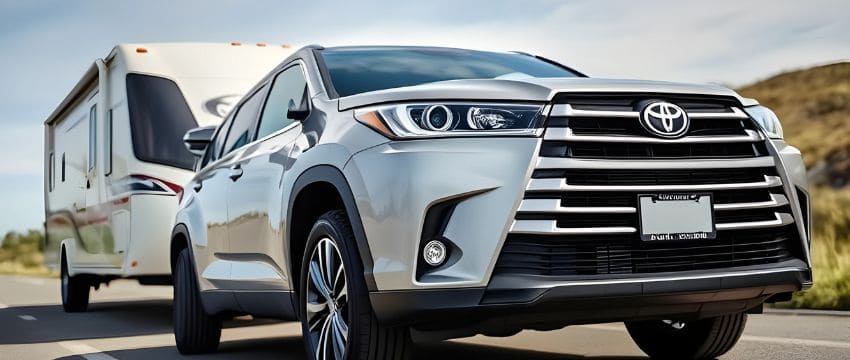Introduction: The New Reality of “Features on Demand”
Imagine buying a Volkswagen ID.4 with heated seats installed at the factory—only to discover you need a monthly subscription to turn them on. This isn’t a dystopian fiction; it’s Volkswagen’s evolving strategy to monetize software-driven features. From adaptive cruise control to ambient lighting patterns, automakers like VW are betting on subscription models to create recurring revenue. But for consumers, the question is urgent: Are these subscriptions a fair trade for flexibility, or a greedy cash grab? This article cuts through the marketing jargon to explore Volkswagen’s subscription offerings, weighing costs against benefits, and revealing when (or if) they make sense for real drivers.
1. The Subscription Menu: What Volkswagen Sells—and What’s Hidden in the Fine Print
Volkswagen’s “We Connect” and “ID. Software” platforms offer features split into three tiers: Convenience, Safety, and Luxury.
Convenience Tier ($10–$20/month):
- Remote Start/Climate Control: Pre-warm your car in winter or cool it in summer via the VW app.
- Live Traffic Updates: Real-time navigation rerouting to avoid jams.
- Voice Assistant Customization: Personalize voice command triggers (e.g., “Hey Volkswagen, find my favorite coffee shop”).
Safety Tier ($15–$30/month):
- Adaptive Cruise Control (ACC): Maintains distance from cars ahead, even in stop-and-go traffic.
- Lane Keeping Assist Plus: Active steering corrections to prevent drifting.
- Emergency Call Services: Automatic crash notification to emergency responders.

Luxury Tier ($25–$50/month):
- Dynamic Chassis Control: Adjust suspension stiffness for sporty or comfort-focused driving.
- 30-Color Ambient Lighting: Mood-based color schemes synced with driving modes.
- Travel Assist: Semi-autonomous highway driving (hands-off for short intervals).
The Catch: Many features rely on hardware already built into the car. Heated seats, for example, require no additional installation—you’re paying to unlock existing capabilities. Critics argue this turns cars into “ransomware on wheels,” holding functionality hostage until users pay up.
2. Cost Analysis: Subscriptions vs. One-Time Purchases
Let’s break down the math with real examples:
Scenario 1: Heated Seats
- Subscription: $15/month ($180/year). Over 5 years: $900.
- One-Time Purchase: $300–$500 (if bundled at purchase).
- Verdict: Subscribing costs 2–3x more long-term. Only worth it for seasonal drivers (e.g., snowbirds who need heat 3 months/year).
Scenario 2: Travel Assist (Semi-Autonomous Driving)

- Subscription: $40/month ($480/year). Over 5 years: $2,400.
- One-Time Purchase: Not available—Travel Assist is only offered as a subscription.
- Verdict: Forces perpetual payment for cutting-edge tech. Highway commuters might justify it, but casual drivers won’t.
Scenario 3: Dynamic Chassis Control
- Subscription: $30/month ($360/year). Over 5 years: $1,800.
- One-Time Purchase: $1,200 (as part of a “Driver Assistance Package”).
- Verdict: Subscriptions penalize loyal owners. Buy upfront if you plan to keep the car beyond 3 years.
The Trend: Volkswagen incentivizes subscriptions by making certain features exclusive to recurring plans. Want ambient lighting that pulses with your music? That’s $28/month—no lifetime option exists.
3. The Ethical Debate: Ownership vs. Access
Car enthusiasts and digital rights advocates are furious. Here’s why:
The “You Own It, But You Don’t” Paradox
Modern Volkswagens are packed with hardware—sensors, heated seat elements, premium speakers—that sit dormant unless you pay to activate them. This shifts the traditional concept of ownership. As one Reddit user fumed: “I paid for the damn seat warmers. Why am I renting them?”
Privacy Concerns
Subscriptions require constant connectivity. To enable Travel Assist, your ID.4 must share real-time location, driving patterns, and camera data with VW’s servers. While the company claims anonymization, skeptics worry about hacking risks or insurers accessing this data to hike premiums.

Environmental Impact
Software-locked features encourage wasteful manufacturing. A Golf R with inactive matrix headlights still consumes resources to produce those parts, even if the buyer never uses them.
Volkswagen defends the model, stating subscriptions keep initial purchase prices lower and allow buyers to “try before they commit.” But is that true? A base ID.4 costs $41,000—only $2,000 less than a Tesla Model Y, which includes most features standard.
4. Who Actually Benefits? Niche Cases vs. Majority Gripes
Winners:
- Leaseholders: If you upgrade cars every 2–3 years, subscriptions avoid upfront costs.
- Seasonal Users: Retirees who road-trip in winter can activate heated seats for just those months.
- Tech Early Adopters: Gadget lovers who crave the latest updates without visiting a dealer.
Losers:
- Long-Term Owners: Paying $40/month for 10 years = $4,800—enough to buy a used motorcycle.
- Privacy-Conscious Drivers: Constant data sharing erodes anonymity.
- Budget Buyers: Features feel “included” until the free trial ends, creating pressure to pay up.
The Silent Majority: Many owners ignore subscriptions entirely. VW reports only 18% of ID.4 owners actively use paid features beyond free trials.
5. The Competition: How VW Stacks Up Against BMW, Tesla, and Ford
- BMW: Charged $18/month for Apple CarPlay in 2019—then backtracked after backlash. Now offers most features as purchases.
- Tesla: “Full Self-Driving” costs $12,000 upfront or $199/month. Unlike VW, Tesla constantly improves FSD via over-the-air updates, justifying recurring fees for some.
- Ford BlueCruise: $800/year for hands-free driving. Ford lets you prepay for 3 years at a discount—a fairer model than VW’s month-to-month.
Volkswagen’s Weak Spot: Unlike Tesla, VW’s software updates are infrequent and buggy. Paying $50/month for Travel Assist feels hollow when the system struggles to handle curved highways.
6. How to Opt Out (and What Happens If You Do)
Canceling subscriptions is straightforward via the VW app—but consequences follow:
- Immediate Feature Disabling: Heated seats go cold mid-drive if your payment lapses.
- Data Retention: VW keeps your usage history for “service improvements,” per their privacy policy.
- Resale Value Hit: A 2025 ID.4 with inactive features may sell for less than one with lifetime access.
Hacks to Bypass Subscriptions?
Online forums buzz with jailbreaking attempts, but Volkswagen’s encrypted MIB3 infotainment system thwarts most. Third-party coders offer “feature activation” services ($150–$300), but these void warranties and risk bricking the car’s software.
7. The Future: Will Subscriptions Save or Sink Volkswagen?
The auto industry sees subscriptions as a $20 billion revenue opportunity by 2030. For Volkswagen, the stakes are high:
- Pros: Steady income to fund EV development; attracts investors craving “tech-like” recurring revenue.
- Cons: Alienates loyalists; risks brand damage if perceived as exploitative.
User-Driven Compromises:
- Hybrid Models: Let buyers purchase basic features (heated seats) but subscribe to evolving ones (AI navigation).
- Loyalty Discounts: Offer 20% off subscriptions for owners keeping cars beyond 5 years.
- Transparency: Clearly disclose hardware costs at purchase—e.g., “This car includes $1,200 of inactive features.”
Conclusion: Subscriptions Aren’t Evil—But They Need Guardrails
Volkswagen’s subscription model isn’t inherently wrong, but its current execution feels half-baked. For casual drivers who lease, cherry-picking features month-to-month offers welcome flexibility. For everyone else, the costs pile up fast. Until VW offers lifetime purchases for essentials like heated seats or ACC, skepticism will linger.
Before subscribing, ask yourself: Am I renting convenience, or being taken for a ride? Test free trials ruthlessly, track your actual usage, and remember: In the age of car-as-a-service, your wallet is the ultimate vote.
Our team is creating outdoor-gear relevant articles with passion. If our articles can help you to find the correct solutions for your questions, we will be happy about that. In the content creation process, we usually collect accurate and useful information online or offline to compile our content in an organized way. Consequently, we can guarantee that you can discover some expected answers to your questions. We appreciate your time on our site.










